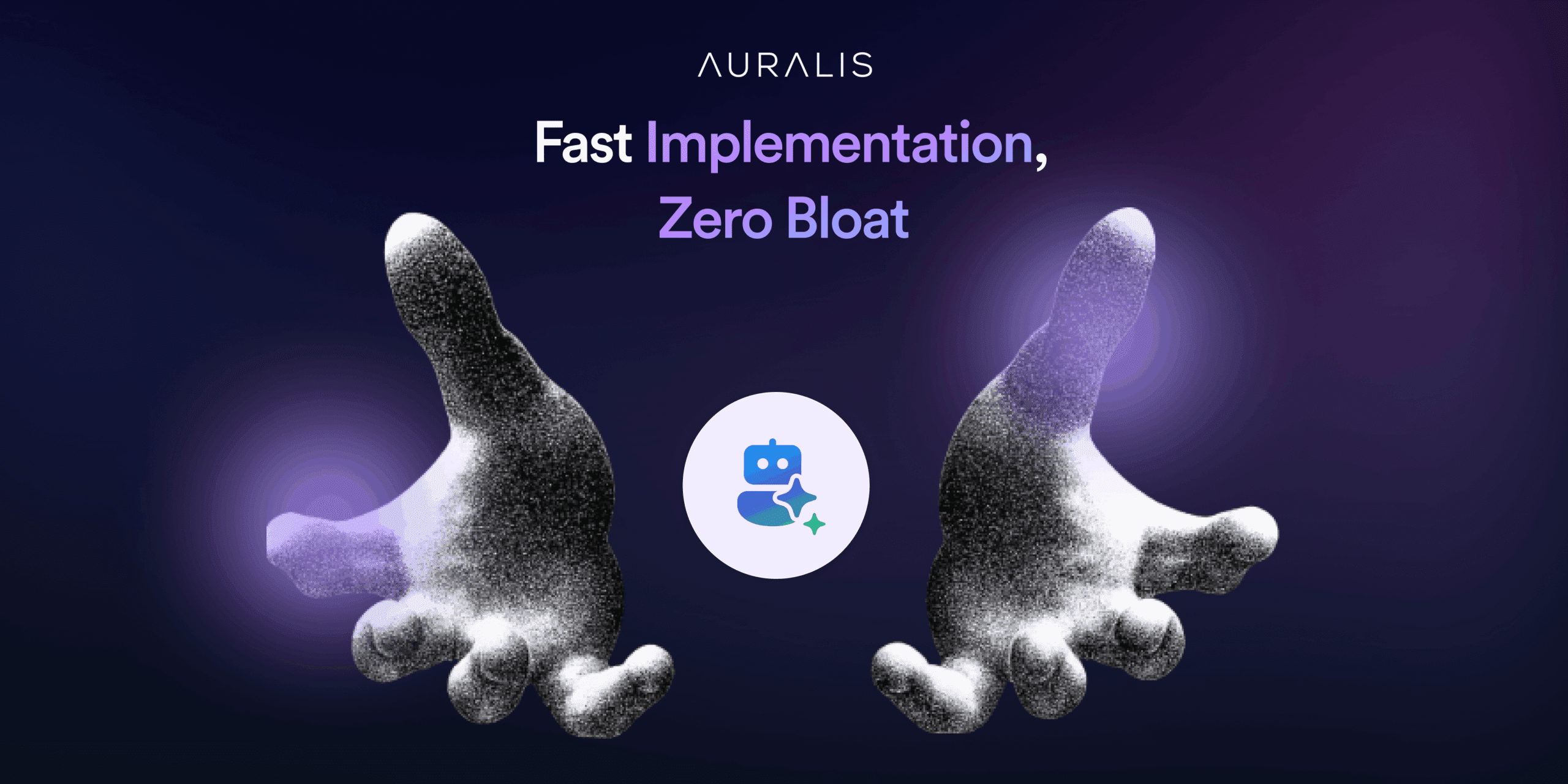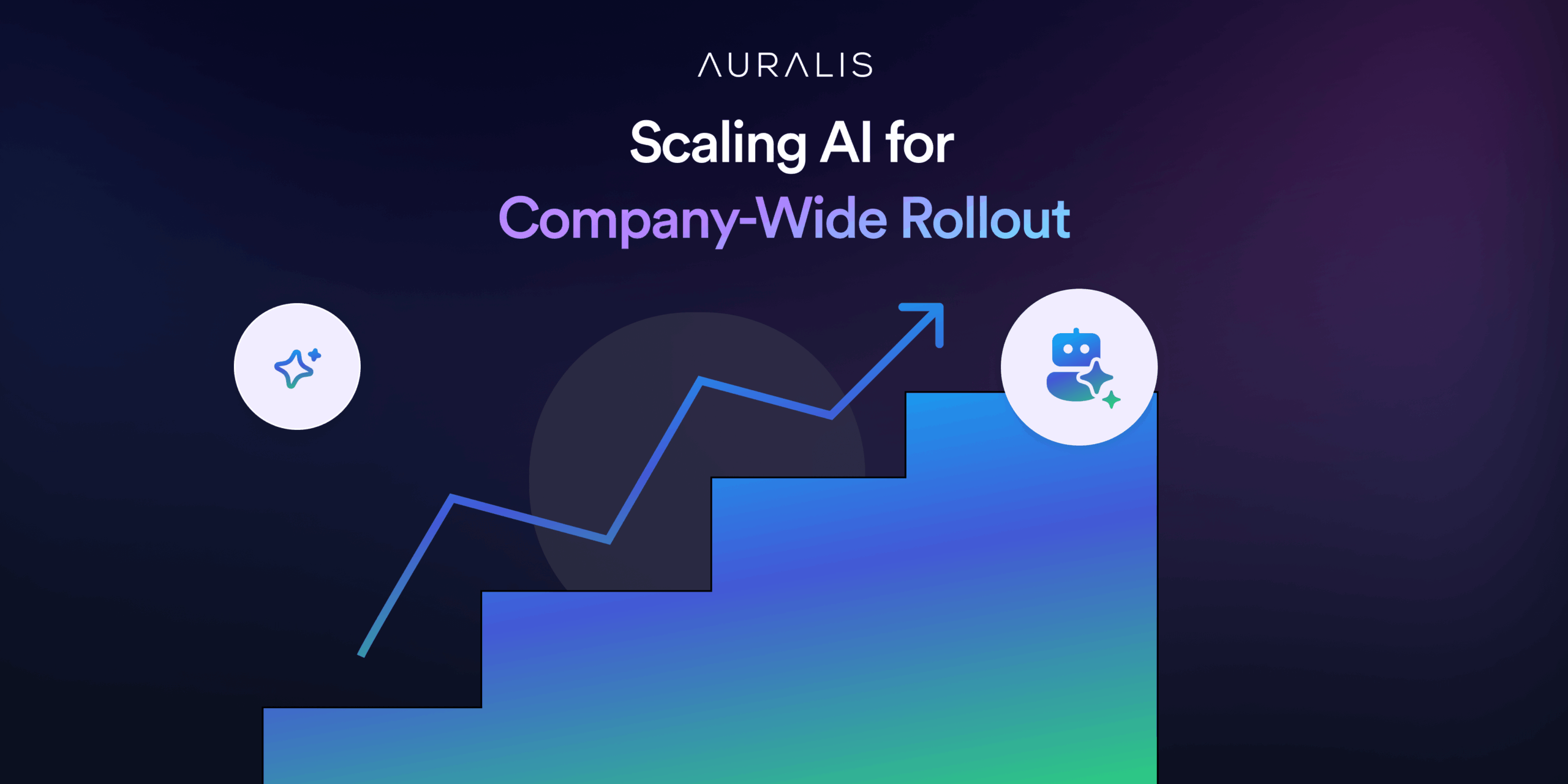The software and SaaS industry is thriving because businesses are rapidly embracing technology.
While several innovative solutions are coming to the forefront, most software and SaaS products struggle with one thing – user adoption, engagement, and retention.
That’s where the need for a robust customer support system comes into play. In this post, we discuss the common challenges software and SaaS companies face in delivering seamless customer support and how AI-powered automation addresses it.
Table of Contents
Challenges in customer support for software and SaaS
It’s not easy to offer exceptional customer support in the software and SaaS industry. Here are some of the common challenges companies face:
1. Handling complex technical queries across diverse user levels
Users across software and SaaS consist of multiple-tiered professionals from experts to beginners with minimal experience. The kind of support they need and how they must be served varies amongst all tiers.
Support teams need to be equipped with the knowledge to address highly technical questions or translate complex solutions into simple, actionable steps while maintaining accuracy.
2. Managing high volumes of support requests during new releases
Product updates or feature launches are super happening and come with many questions in the form of query requests or technical assistance that comes with unfamiliarity. This leads to a spike in the number of support tickets received.
The sudden spike is often difficult to manage even by the most prepared teams. The intensity depends on multiple factors like the complexity of the updates, issues with adoption, changes in workflows, and more.
3. Providing 24/7 support for a global user base
Maintaining support timing is a big deal for companies with a global user base. You need to ensure round-the-clock support spread across time zones which needs your support team to be available 24/7.
To ensure this kind of availability, you need significant resources or it will lead your small team to burnout, or an increase in unaddressed queries.
4. Ensuring fast resolution of critical downtime or bugs
When bugs or outages occur, customers expect quick fixes to minimize disruptions. There’s a sudden influx of excessive support requests, all of which are expected to be resolved more quickly and with more priority.
Slow response times in such scenarios can damage trust and lead to churn.
5. Balancing onboarding guidance with ongoing support needs
While onboarding new users is crucial for adoption, providing support for existing users is equally important. Substituting one for another is never an option.
You and your team have to find the right balance between educating new users and assisting loyal ones, which is a constant challenge for SaaS teams.
Benefits of using AI customer support automation
Leveraging AI to automate customer support workflows is a game changer for software and SaaS companies. Here are the key benefits of AI-powered automation:
1. Faster resolution of user queries and issues
Repeated queries when handled by humans every single time are time-consuming. AI chatbots and virtual assistants can handle this part in seconds, allowing users to get answers without waiting for a human to show up and address their queries.
According to our research, 51% of consumers say they prefer interacting with bots over humans when they want immediate service.
Companies looking to cut down response time and serve their customers faster can deploy AI-powered chatbots to answer common queries, automated ticket routing to categorize and serve tickets to the right agents, and predictive issue resolution for proactive troubleshooting, among many other automation options.
2. 24/7 availability for global user support
According to AIPRM, 50% of support teams’ agents reported AI’s ability to offer 24/7, round-the-clock support as the top benefit they enjoy.
With users spread across multiple time zones, AI ensures round-the-clock assistance without increasing operational costs.
Automated systems can provide instant support, addressing common concerns like password resets, billing questions, or product FAQs, all of which enhance user satisfaction on a global level.
3. Scalable support during product launches or updates
AI does not just help with customer support assistance during product launches and updates, but can also offer scalable business support that can help improve your product or profits.
Let’s consider a software company launching a major update with a new user interface and complex features. Firstly, AI-powered chatbots can handle a surge of initial user questions about the update via FAQs, user guides, tips, tutorials, and more.
AI can also monitor user interactions with the app in real time, identifying patterns of crashes, errors, or unexpected behavior.
4. Personalized onboarding and feature guidance
Personalization is the key to customer experience and AI tools can analyze user behavior and offer tailored onboarding experiences and proactive feature recommendations.
For instance, if a social media user is struggling with a feature that just went live, AI can proactively offer an in-app tutorial, a helpful hint, or even a short video demonstration. This approach ensures users gain value from the software quickly, reducing churn.
5. Proactive issue detection and notifications
As per a research report by PwC, AI-enabled predictive maintenance could reduce maintenance costs by up to 30% and unplanned downtime by 45%.
AI-driven monitoring tools identify potential issues, such as server slowdowns or frequent user errors, before they escalate.
For instance, AI can monitor system performance metrics (e.g., CPU usage, network traffic, application response times) in real time. By identifying unusual patterns or anomalies, it can proactively alert engineers to potential issues like impending server overload or network congestion.
Must-have automation for SaaS and software companies
Here are some must-have automation that leading SaaS and software companies are setting up using Auralis AI:
1. AI chatbots for instant query resolution
Routine software-related queries like password resets or feature clarification can be done with a support agent. This is the first set of processes you must automate.
According to your software product, you can build a custom workflow on solutions like Auralis AI. The chatbot can use natural language processing to understand the intent of questions and searches through the connected knowledge base articles, FAQs, and other relevant information to find the most accurate and up-to-date answers to customer questions.
2. Automated onboarding walkthroughs and tutorials
Companies report up to a 30% increase in customer satisfaction with chatbot solutions. It is because these tools reduce onboarding friction, offer easy navigation, ensure users quickly see value in the product, and offer personalized and interactive onboarding flow.
For example, a user in the role of a project manager can get a walkthrough focused on project creation, task assignment, and progress tracking, while a data analyst can be onboarded to the software’s insights dashboard instead.
3. Proactive notifications for product updates and downtime
68% of consumers appreciate proactive customer service notifications. When you proactively communicate any major updates, you not only reduce customer support calls but also build trust among your customers.
If a service disruption occurs, immediately notify users via multiple channels (e.g., in-app messages, emails, SMS, website banner) using a custom workflow on Auralis AI. This helps you address an issue before it arises.
4. Self-service knowledge base for troubleshooting and FAQs
Gartner mentions that 70% of customers are using self-service channels at some point in their resolution journey. As you document how your software or SaaS product works, ensure you also integrate your knowledge base with the solution being used for customer support automation.
Make sure your knowledge base covers a wide range of common issues or questions, is easy to search through, is written in clear and concise language, includes multimedia, and is always up-to-date.
5. Automated ticket routing to relevant teams
You do not want to be standing over a pile of support tickets sent to one contact. You can intelligently direct tickets based on keywords, subject matter, and other relevant criteria, to reach the right department and a free agent.
Automated routing optimizes agent workloads, reduces the risk of misdirected inquiries, and ensures that customers receive the most appropriate and timely assistance.
6. In-app assistance for real-time user guidance
In-app assistance eliminates the need to contact support or search through external resources. Users can instantly learn how to navigate and utilize the software effectively without leaving the application.
This type of support includes interactive tooltips, step-by-step walkthroughs, and contextual help triggered by user behavior. By addressing questions or challenges as they arise, in-app assistance reduces frustration, accelerates learning, and drives feature adoption.
7. Multilingual support for global customers
A survey shows, 76% of online shoppers prefer to buy products with information in their native language. Hence, providing multilingual support is critical for retaining and engaging international users.
Multilingual support for global customers ensures that users from diverse linguistic backgrounds can access help in their preferred language. AI-driven tools offer multilingual features that enable real-time translation and localized communication.
8. User feedback and survey automation for feature improvements
User feedback and survey automation for feature improvements allow SaaS companies to gather insights directly from users, enabling them to prioritize development based on actual needs and pain points.
By automating the process, businesses can capture a broader spectrum of opinions without manual effort, analyze trends, and quickly identify areas for improvement.
9. Predictive analytics for identifying and addressing user pain points
Predictive analytics helps identify and address user pain points via data and machine learning algorithms. These tools can analyze patterns like drop-off points, repeated actions, or negative feedback, and anticipate issues before they arise, allowing SaaS companies to proactively resolve potential problems.
10. Integration with CRM and support tools for seamless user management
Integrating support platforms with CRM tools like HubSpot or Salesforce ensures a unified view of the customer journey. This integration allows support teams to have immediate access to relevant customer history, preferences, and previous interactions, enabling them to offer personalized, context-driven responses.
Additionally, it streamlines workflow by automating ticket creation, follow-ups, and escalation, improving both response times and customer satisfaction.
Conclusion
Customer support workflows in the SaaS industry are far from one-size-fits-all.
Customer support systems that work for others might not work for you because every company faces unique challenges based on its product, user base, and scale. You need workflows that are a fit for your business and offer flexibility to adapt to any future needs.
This is where Auralis AI makes a difference. By leveraging cutting-edge automation, real-time adaptability, and advanced insights, Auralis AI empowers SaaS companies to deliver exceptional support while reducing operational costs. To learn more about our Auralis AI, book a demo.



 10 min read
10 min read 

